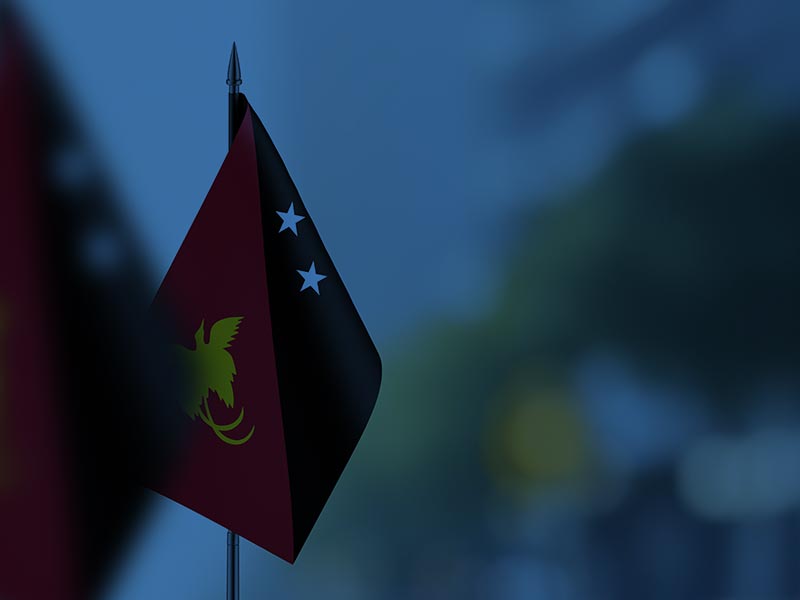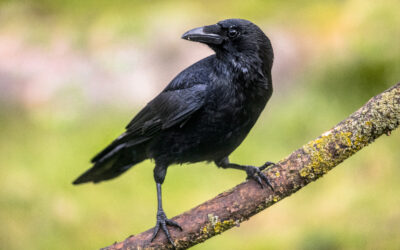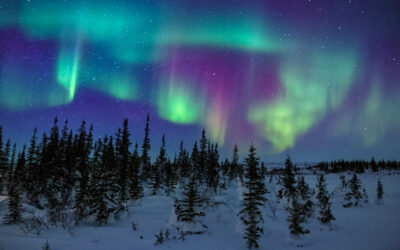Papua New Guinea (PNG) is home to over 800 languages, making it one of the most linguistically diverse countries in the world. This extraordinary variety accounts for nearly 12% of the world’s languages, with a population of around 9 million people. The languages are primarily divided into two groups: Austronesian and Papuan.
Austronesian languages, found mainly in coastal regions, include widely spoken languages like Tolai and Motu. These languages typically feature simpler grammatical structures, often adhering to a subject-verb-object (SVO) word order. Hiri Motu, for example, was developed as a trade language and is characterized by its accessibility.
In contrast, Papuan languages, predominantly spoken in the interior highlands, are highly diverse and do not belong to a single family. Languages such as Enga and Huli exhibit complex grammatical systems, including intricate verb conjugations and multiple noun classes. Some Papuan languages are also tonal, where pitch variations can change word meanings.
Additionally, Tok Pisin, a creole language derived from English, serves as a lingua franca and one of PNG’s official languages. While it simplifies many aspects of English, it incorporates indigenous vocabulary, reflecting the country’s rich cultural tapestry and linguistic heritage.
Related Articles
The Ancient Origins of the Hourglass: Time in the Palm of Your Hand
The hourglass, a timeless symbol of measured moments, has a fascinating history that dates back over a thousand years. While its exact origins remain a mystery, historians believe the hourglass...
The Remarkable Intelligence of Crows: Nature’s Problem-Solvers
Crows are often associated with mystery and folklore, but did you know they’re some of the most intelligent animals on Earth? These clever birds belong to the corvid family, which also includes...
The Mystery of Aurora Borealis: Dancing Lights in the Sky
The northern lights, or aurora borealis, are one of nature’s most spectacular displays, enchanting observers with their shimmering hues of green, pink, and purple. But what causes this mesmerizing...





